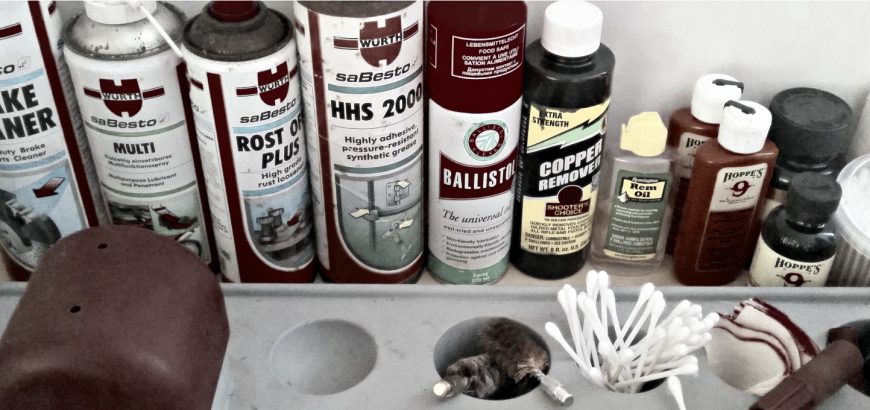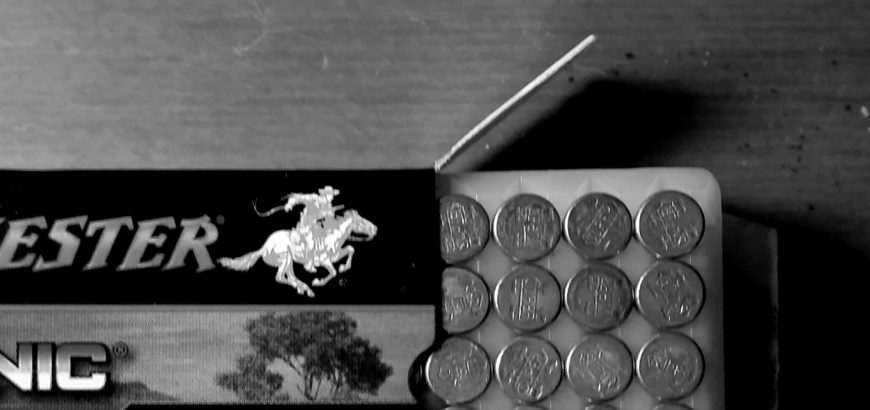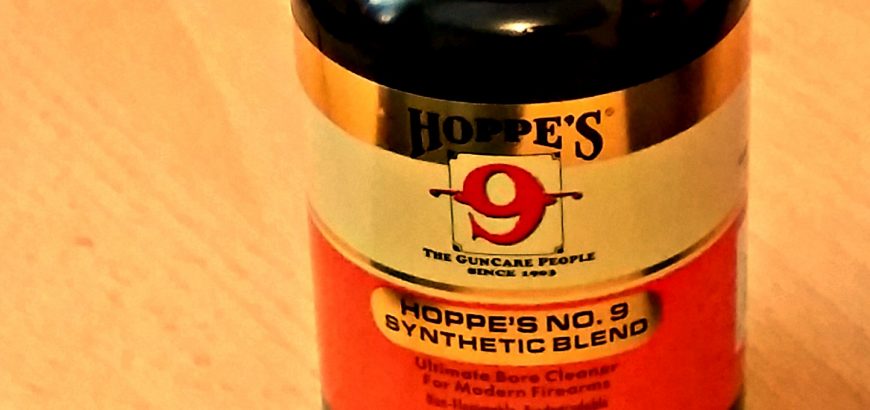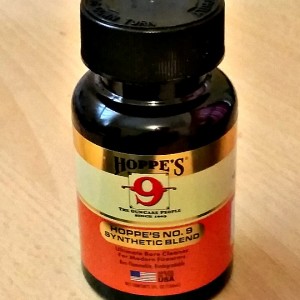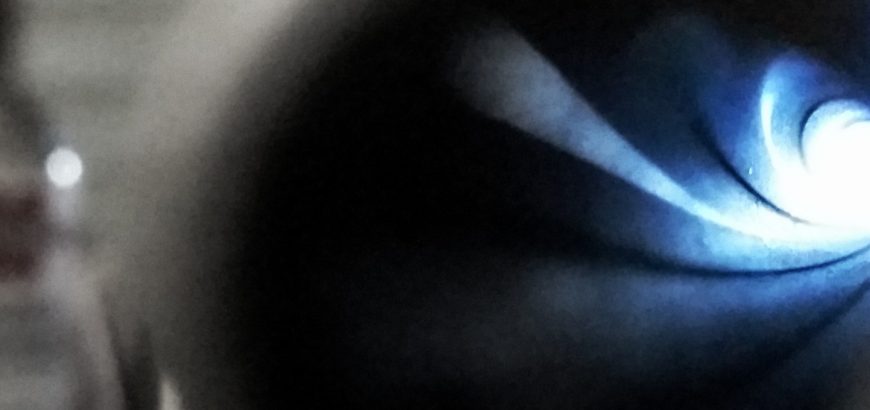Well it’s been a great break, with some awesome weather to get outdoors around the country. One thing that’s true every year is that people make goals to join the gym or eat better, especially after the Christmas splurge. It usually takes the form of “New year = New you” or #newyearsresolution #fit2016 #caloriebattle if you’re particularly young and annoying.
There are some parallels for shooters. Not all of us are lucky enough to have a Christmas budget that literally allows for a new rifle, so we’ll have to make do with the weary barrels, actions and stocks that we already have. Just like the once-a-year gym bunnies, this means squeezing maximum performance out of what can be old and tired equipment.
One of the best ways to do this is to ensure good cleaning habits. By maintaining your rifle or shotgun properly, you’ll extend barrel life, ward off rust and stay accurate for longer. Here are a few cleaning tips for a better 2016.
Strip down semi-autos
While you might clean the barrel and even the chamber and action of your AR or AK after every range trip, stripping it down and giving it a birthday a few times a year can lead to improved reliability.
A surprising amount of gunk builds up in gas tubes, magazines, under selectors and safeties and even in the nooks and crannies of stocks.
Once you’ve broken down your rifle into its various components, you might cringe at the amount of expensive gun-cleaning product you’re going to have to use to get it ship-shape. My personal recommendation is to use less-expensive cleaners to do the grunt worker. Cleaner-degreasers work well. My favourites are those that are citrus based. Otherwise, a good move is a parts cleaner, such as automotive brake cleaner. Whatever you do use, make sure it’s safe on the materials it will come in contact with. Otherwise, your cheap fix may become very expensive.
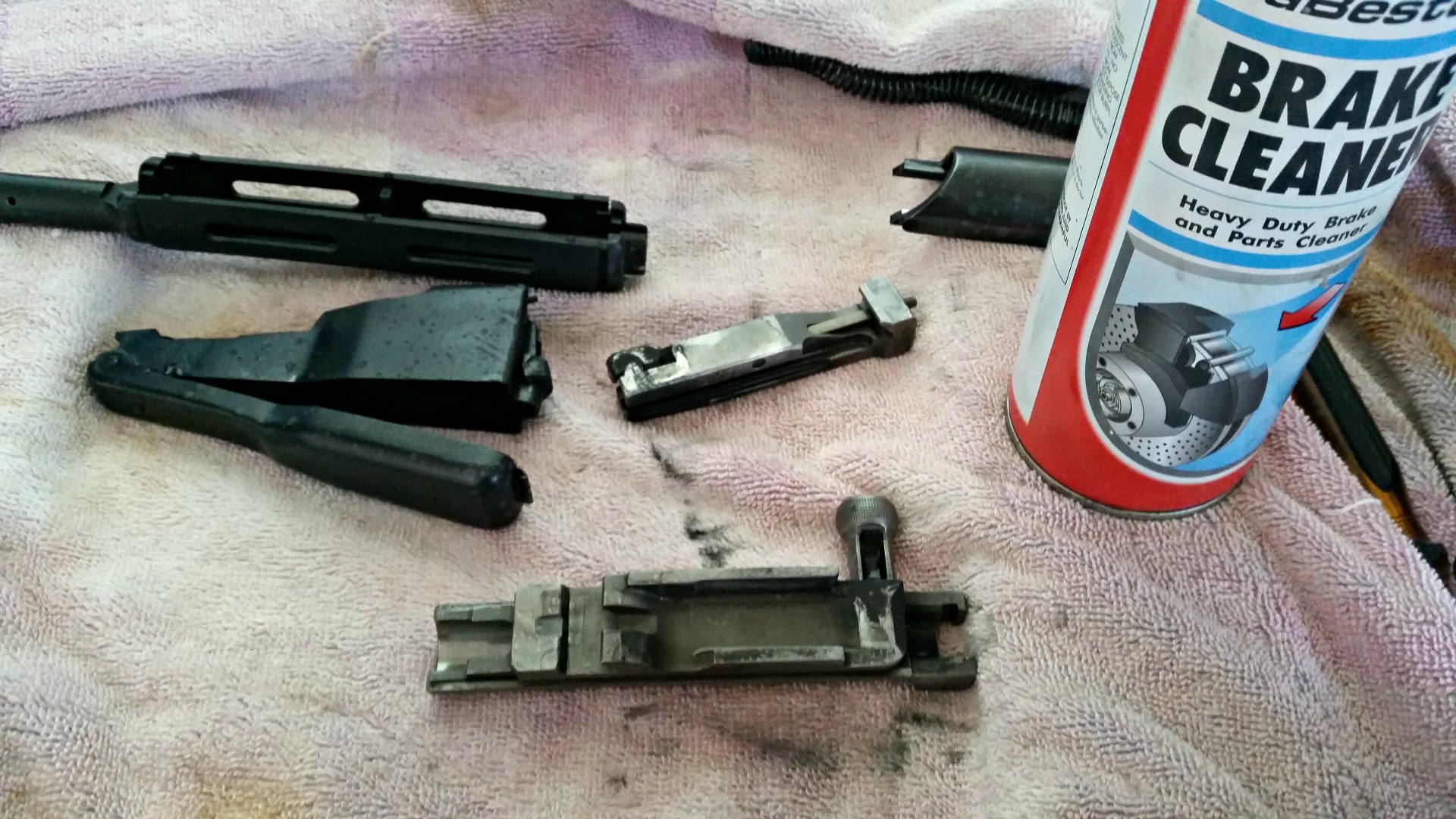
Use a bore cleaner and a copper remover
If you’re not too particular about your cleaning, you may not realise that these are in fact two different things. A bore cleaner is great for getting out powder and debris, while a copper remover helps get rid of fouling that can destroy accuracy.
A good cleaning routine makes use of both. I also like to run a wet patch of bore cleaner through my regularly used guns before storing them, and running a dry patch through before shooting them. You’ll be surprised out how much dirt it will lift. I would not recommend doing the same with a copper remover – this shouldn’t stay in your bore for more than 10 mins (depending on the strength of the product).

For guns like my Lee Enfield .303, which doesn’t get used as often, the final patch I run through is wet with lubricating oil. It can be a proper gun lubricating oil, or a safe industrial equivalent. Lubricating oil has a high viscosity and clings to metal. This oil won’t drip down into the action, but will stay in the barrel, keeping the lands and grooves free of rust.
Buy a one-piece cleaning rod
Cheap cleaning kits are all good for getting started, and pull-throughs are great for a quick clean in the field. However, if you’re serious about breathing new life into an old rifle, a one-piece rod should be on your shopping list.
Cleaning more often or more vigorously means more wear and tear on your cleaning apparatus. Aluminium and bronze-alloy rods ten to become weak around the threaded joins, and will eventually snap – especially if you use a larger patch for a more thorough clean and have to push quite hard.
A stainless steel rod with a freely rotating handle is a good bet – even better if it has a plastic coating to prevent damage to your breech or muzzle from ‘enthusiastic cleaning’. A multi-calibre stainless steel rod of solid construction can be had for about the same price as a cleaning kit with a multi-part, aluminium rod for a single calibre.
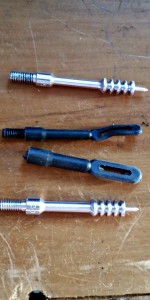
Spend some money on jags
Cleaning jags may seem like a waste of money if you’re relying on the plastic ones that come with cleaning rods or kits, but they do make all the difference. Not only can you buy metal jags specifically designed to remove copper fouling for your specific calibre, but they’re also much less likely to snap or bend under force.
Use a guide for your cleaning rod
Rod/bore guides do several things to help you out, and cost very little. For between $30 and $100 you’ll get a decent guide with adapters that can be used across several/most calibres.
The benefits of a bore guide are as follows:
- Keep solvents off your stock finish
- Keep debris and solvents out of your action and mag well
- Guiding the rod into the bore eliminates unwanted wear on the chamber
- The guide keeps the rod straight, helping reduce stress on the rod, which could cause it to bend or snap
If you are serious about getting more use out of your rifle between cleans or a more accuracy for your time behind the cleaning rod, you may have to spend a small amount of money on the right tools for the job. In the end you’ll find that setting up your cleaning bench effectively is well worth it. Here’s to a 2016 full of shooting (and just enough cleaning)!
